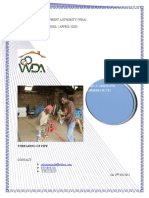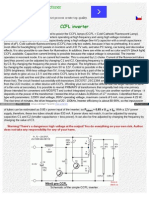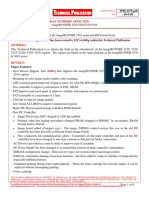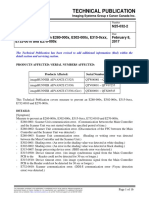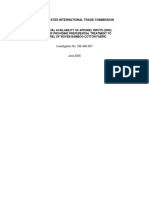0% found this document useful (0 votes)
102 views45 pagesBasic Color Theory
This document provides an introduction to color theory and color evaluation. It discusses key concepts such as:
- Color is perceived visually and depends on the light source and observer. It is caused by the spectral energy composition reflected or transmitted by an object.
- Light is the visible part of the electromagnetic spectrum between 400-700nm. Different light sources have different wavelength signatures that affect color perception.
- People perceive color differently based on factors like age, health, and fatigue. Tests evaluate differences in color vision and discrimination.
- An object's surface properties like gloss, haze, or texture also impact how its color is perceived through reflection, transmission, or absorption of light.
Uploaded by
Hemant ParabCopyright
© © All Rights Reserved
We take content rights seriously. If you suspect this is your content, claim it here.
Available Formats
Download as PDF, TXT or read online on Scribd
0% found this document useful (0 votes)
102 views45 pagesBasic Color Theory
This document provides an introduction to color theory and color evaluation. It discusses key concepts such as:
- Color is perceived visually and depends on the light source and observer. It is caused by the spectral energy composition reflected or transmitted by an object.
- Light is the visible part of the electromagnetic spectrum between 400-700nm. Different light sources have different wavelength signatures that affect color perception.
- People perceive color differently based on factors like age, health, and fatigue. Tests evaluate differences in color vision and discrimination.
- An object's surface properties like gloss, haze, or texture also impact how its color is perceived through reflection, transmission, or absorption of light.
Uploaded by
Hemant ParabCopyright
© © All Rights Reserved
We take content rights seriously. If you suspect this is your content, claim it here.
Available Formats
Download as PDF, TXT or read online on Scribd
/ 45























